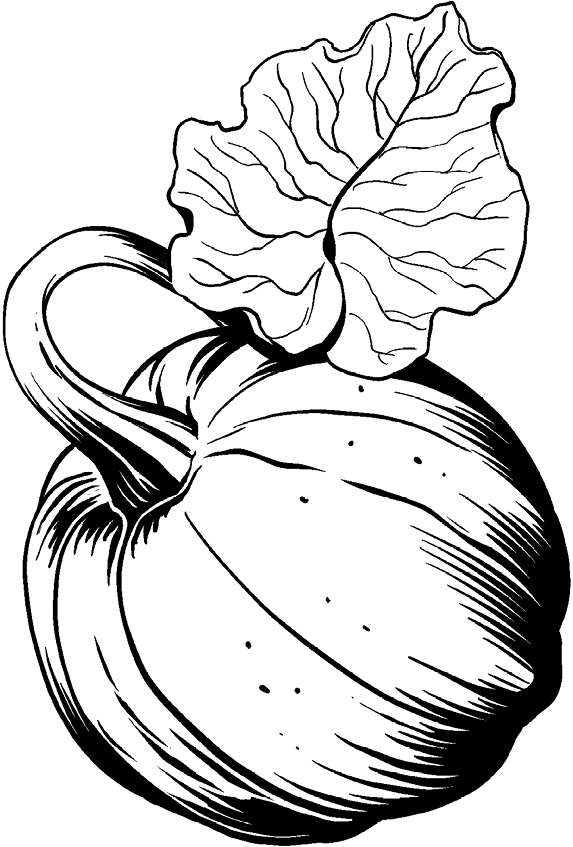Pumpkin and
Abundance

Cucurbita pepo
My grandchildren christened my pumpkin patch “pumpkinpalooza,” an apt description for the bold, overflowing plants. In mid-to-late summer, the pumpkin vines become a moving mass of leaves with large orange flowers that resemble cornucopia baskets. Bees don’t hover around the flowers, but instead land and disappear down into them. The vines are resilient—I once accidentally broke a stem and then wrapped it with duct tape. It mended itself and kept right on growing.
Many people think of pumpkins as good for jack-o’-lanterns and Thanksgiving pies. Pumpkins are much more versatile. They are a kind of winter squash and so, as a start, they can be used in any recipe calling for winter squash. One thing to take note of, however, is that jack-o’-lantern pumpkins are bred for color and size, so they don’t have the best flavor or texture. Make sure you have a pumpkin bred for eating if you are making a meal.
Pumpkins, like all winter squash, have tougher skins than their summer squash siblings. This means they can be stored for winter eating. I often have garden pumpkins last for five or six months. The importance of this might be lost on us because we can easily go to a grocery store and buy food, but it wasn’t that long ago that putting food away for the winter was extremely important and might be the difference between life and death.
Pumpkins and winter squash are among the easiest foods to store for the winter. There is no canning, drying, or freezing involved. Once the pumpkin is cut from the vine, it’s cured by leaving it outside so the outer skin and stem dry out. Then it should be put in a cool, dry place. That’s it! Although it is not a necessity for most of us to store food for the winter, it is satisfying to create a meal from our garden when there is snow falling outside.
Abundance is the correspondence for pumpkin, recognizing its wild growth, productivity, and storage capabilities. The word abundance usually refers to monetary abundance, but it is so much more than that. Abundance is a feeling that there is an endless supply of something good, a cup running over.
Abundance can show up in many ways in your life—big and small—when you are paying attention. You might have an abundance of energy, friends, or good books to read. In the garden, we hope for an abundance of pollinators and an abundant harvest. On the Colorado plains, after spring rains, we have an abundance of wildflowers. As you consider this correspondence, also be aware of what the earth abundantly provides for us.
Morning Attunement Questions
• What connections do I have with pumpkins and abundance?
• Where else in the green world or in my life do I observe abundance?
• What does this correspondence feel like?
• How can I describe this energetic attribute of abundance in words or pictures?
• Where does this correspondence of abundance resonate most strongly in or around my body or in my life?
Daily Integration Questions
• In what ways is the world reflecting pumpkins or abundance back to me?
• What nuances and shades of meaning do I notice about pumpkins and abundance?
Evening Reflection Questions
• Where and how did I experience pumpkins and abundance today?
• How did I embrace abundance today?
• What wisdom does the pumpkin’s correspondence of abundance bring to my life?